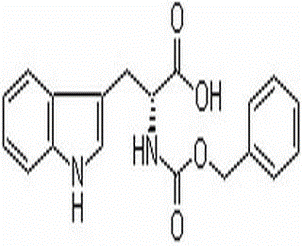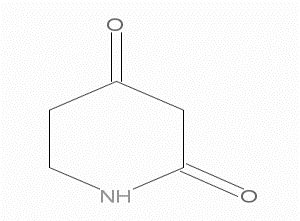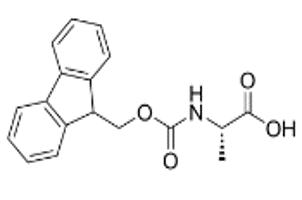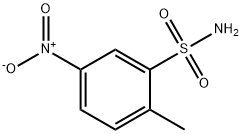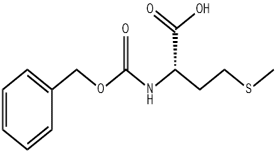N-Cbz-D-Tryptophan(CAS# 2279-15-4)
| Risk Codes | R22/22 - R36/37/38 – Irritating to eyes, respiratory system and skin. |
| Safety Description | S22 – Do not breathe dust. S24/25 – Avoid contact with skin and eyes. S44 - S35 – This material and its container must be disposed of in a safe way. S28 – After contact with skin, wash immediately with plenty of soap-suds. S7 – Keep container tightly closed. S4 – Keep away from living quarters. |
| HS Code | 29339900 |
| Hazard Class | IRRITANT |
Introduction
N(^ a)-Benzyloxycarbonyl-D-tryptophan(N(^ a)-Benzyloxycarbonyl-D-tryptophan) is a chemical, also known as CBZ-D-Trp. The following is a description of its nature, use, formulation and safety information:
Nature:
N(^ a)-Benzyloxycarbonyl-D-tryptophan is a white to yellowish crystalline solid. It is relatively stable at room temperature and can be stored for a long time under anhydrous conditions. It is insoluble in water, but soluble in some organic solvents such as methanol and dimethyl sulfoxide.
Use:
N(^ a)-Benzyloxycarbonyl-D-tryptophan are often used as protecting groups in organic synthesis, especially in chemical peptide synthesis. Its main use is as a derivative of amino acids for the synthesis of specific modules in polypeptide or protein chains. It can play an important role in the synthesis of new drugs in this way.
Method:
The preparation of N(^ a)-Benzyloxycarbonyl-D-tryptophan is usually carried out by chemical synthesis. First, benzyl alcohol and carbon dioxide are reacted to form benzyloxycarboxylic acid, and then the amino acid tryptophan and benzyloxycarboxylic acid are esterified to obtain the CBZ-D-Trp product. The reaction requires the assistance of some organic catalysts and solvents.
Safety Information:
N(^ a)-Benzyloxycarbonyl-D-tryptophan has limited safety information, but based on available information, it is generally considered toxic. Long-term exposure or excessive exposure may have negative health effects. Therefore, appropriate safety measures must be taken when using, storing and handling this compound, including wearing appropriate personal protective equipment and handling in a well-ventilated environment. At the same time, it is necessary to follow the relevant safety operation procedures and disposal methods.
Please note that this article is only an overview of the compound in question, and the specific application and risk assessment should be carried out in a specific laboratory environment. Before using any chemical substance, please make sure to study the relevant information in detail and consult a professional in advance.


